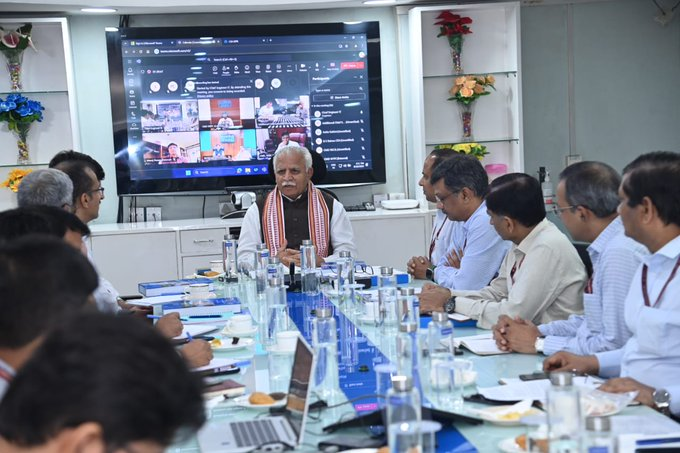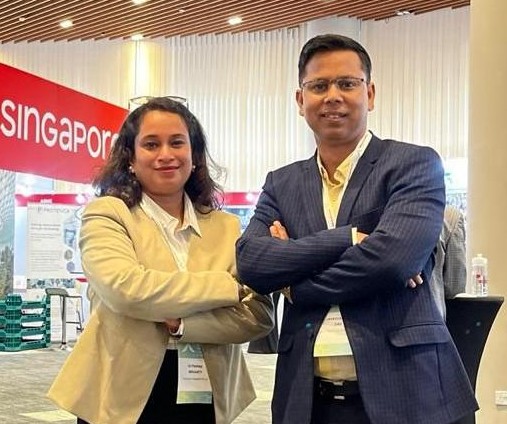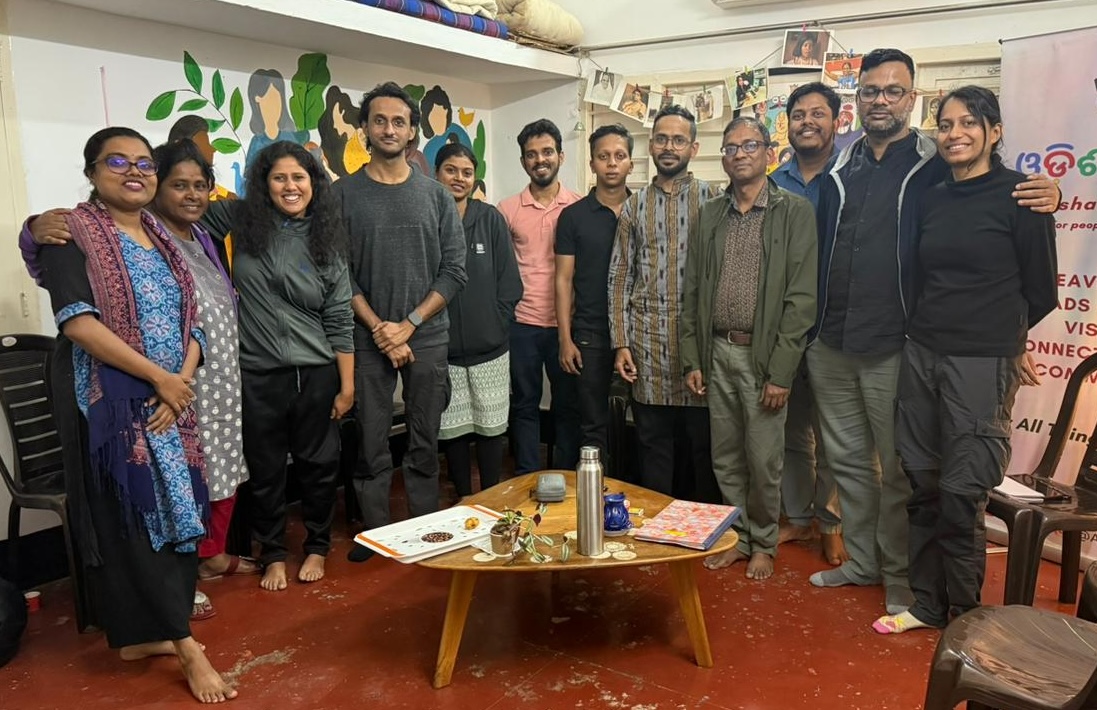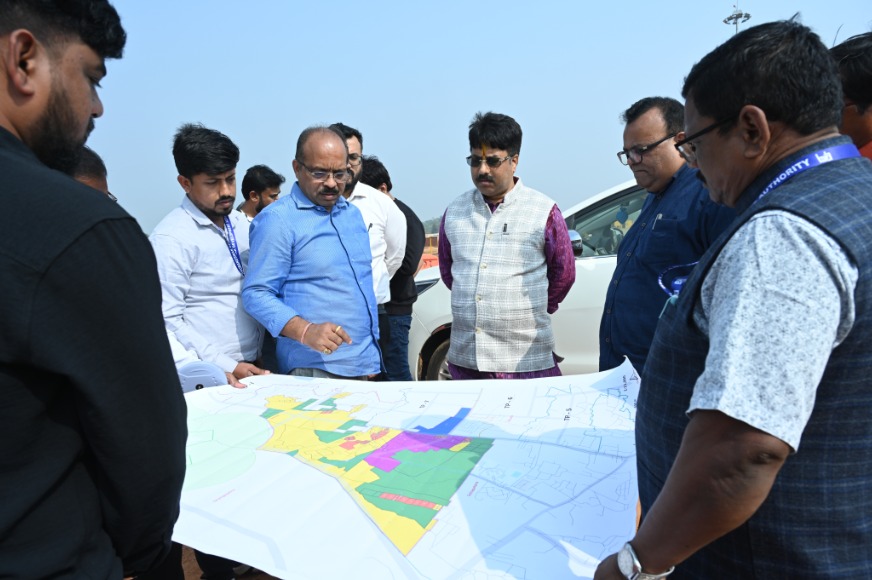New Delhi: In a major move to strengthen disaster preparedness in India’s power sector, Union Minister of Power and Minister for Housing and Urban Affairs, Manohar Lal, launched the Disaster Resilient Infrastructure for Power Sector (DRIPS) online portal today. The new platform is designed to enhance disaster response efforts by enabling rapid identification and deployment of critical resources in the event of natural calamities.
Speaking at the launch event, Minister Manohar Lal highlighted the increasing vulnerability of India’s power infrastructure to natural disasters, citing recent catastrophic events such as Cyclone Fani in Odisha, severe floods in Jammu & Kashmir, and extensive flooding in Kerala. He emphasized the need for a comprehensive disaster preparedness system, particularly for coastal states like Gujarat, Maharashtra, Goa, Karnataka, Kerala, Tamil Nadu, Andhra Pradesh, Odisha, West Bengal, and Puducherry, which face unique challenges due to their geographic location.
“The launch of DRIPS will enable transparent, coordinated, and effective management of the power sector during any adverse situation,” said the Minister. He also stressed the importance of reducing human error during emergencies and praised the platform’s ability to assist not only generators and distributors but also consumers in maintaining uninterrupted power supply during crises.
Key Features of DRIPS:
- Centralized Emergency Response: DRIPS will serve as a single point of contact for designated nodal officers from all departments within the power sector, as well as other agencies in affected districts and states. It will manage the inventory of essential power system equipment and supplies, ensuring that disruptions are swiftly addressed.
- Real-Time Resource Inventory: The portal allows power sector stakeholders to maintain an updated inventory of critical supplies, enabling timely access to necessary equipment during disaster situations.
- Integration with National Power Portal: The Central Electricity Authority (CEA) has been tasked with developing and managing this resource inventory, which will be hosted on the National Power Portal. The platform is designed to support the entire power sector, including Generation, Transmission, and Distribution.
As of now, 61 stakeholders are registered with the DRIPS portal, and nodal officers from power entities, including GENCOs, TRANSCOs, and DISCOMs, will need to register, undergo verification, and regularly update their inventory. This will ensure that the power sector can quickly respond to disasters, minimize damage, and restore normal operations in the shortest possible time.
Manohar Lal concluded by stating that the establishment of DRIPS is not only a precautionary measure but a critical necessity to safeguard lives, property, and essential services. The portal’s success will depend on the active participation and timely updates from utilities to create a more resilient and effective disaster response system.





